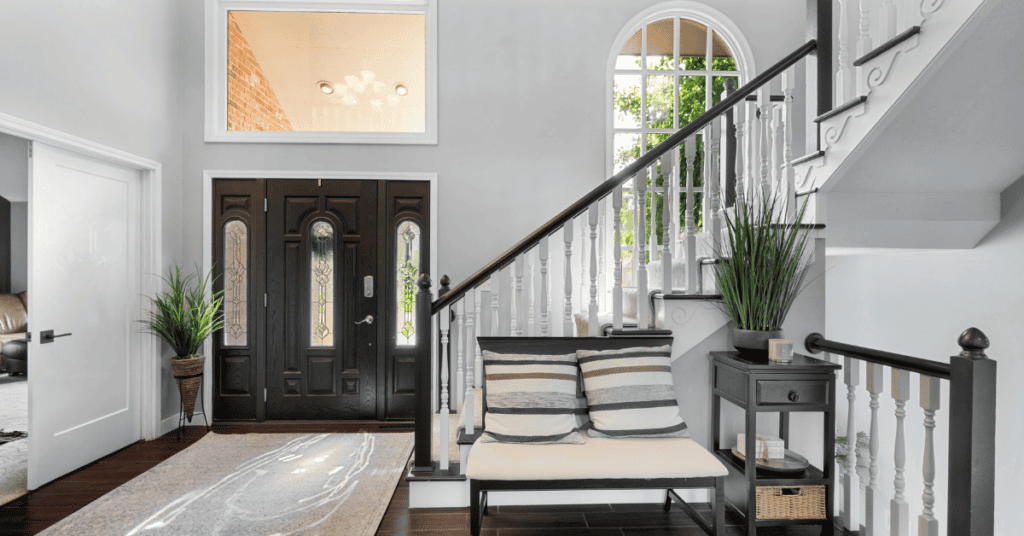Get Expert Financing
- Matched with investor-friendly lenders
- Fast pre-approvals-no W2s required
- Financing options fro rentals, BRRRR, STRs
- Scale your portfolio with confidence
Are you considering taking an ARM mortgage in this interest rate environment? There are times and situations where an ARM mortgage makes sense. Is that true in this market?
The 30-year fixed rate mortgage represents the ultimate tool in home financing security. Both your interest rate and your monthly payment are locked for the term of the loan. That means that you will absolutely know what your house payment will be for the next 30 years.
This is not true with an ARM mortgage. The only thing that you know for certain is what the interest rate and payment will be during the fixed term of the loan. If it’s a five-year ARM, that means that you will only know what the payment will be for the first five years. After that, your payment will rise and fall based on changes in market interest rates.
Considering that the rate on the 5/1 ARM is only about a half a point lower than the 30-year fixed rate, that hardly seems like enough advantage to give up the security of the fixed rate mortgage.
If the spread between the two loan types was something like 2% or more, then the risk involved in the ARM mortgage might be justified. But at half a point, it hardly seems worth it.
With interest rates hovering just above their historic lows, it makes sense to lock in your rate for the longest term possible. The 30-year fixed rate mortgage accomplishes this task. Should rates begin to rise, back to their historic normal range of 6% to 7%, you would be fully protected with a fixed rate mortgage. That’s because the rate on your loan won’t increase, no matter what happens with market interest rates.
The situation is the exact opposite when it comes to an ARM. The interest rate that you pay is only protected during the fixed rate term of the loan. If you have signed up for a 5/1 ARM, that means that you will have your original interest rate only for the first five years.
After that, your loan becomes a one-year adjustable, subject to change annually. If rates are higher at the end of the fixed term, then your interest rate will increase – generally as much as two percentage points over the original rate. And should rates continue to rise, you will pay a higher interest rate each year.
Probably the single biggest advantage to a fixed rate mortgage is the fact that no matter what happens with interest rates in the future, you can win.
Should rates increase, you can simply keep the loan that you have, and continue paying the original low interest rate. But should rates fall, you always have the option to refinance and take advantage of the new lower rates.
In theory, at least, you can refinance each time rates fall sufficiently to justify the cost of the refinance. While it’s certainly not recommended, some homeowners have refinanced their original mortgages several times during the term of the loan. That’s always an option when rates stair-step lower.
You can do the same thing with an ARM loan, refinancing each time rates fall. But should they increase, you will be stuck paying the new, higher rate.
Despite all the advantages with the 30-year fixed rate mortgage, there are times and circumstances where an ARM mortgage makes sense.
You believe mortgage rates will fall. If there is a reasonable basis to believe that mortgage rates will continue to fall, an ARM mortgage will make sense. That’s because it will put you in a position to take advantage of the lower rates, without the need to go through a refinance. Your rate will automatically adjust downward, without any effort on your part.
You’re 100% certain you’ll sell within five years. This could be due to a pending job change, or the fact that you expect your earnings to rise significantly in the future. But if you are reasonably certain that you will not be in the home for longer than the fixed term of the ARM, then taking such a mortgage can make sense.
You have the money to pay off the ARM even if you can’t sell the home. If you have the funds to pay off the mortgage in the event of a rate spike, then the risk of an ARM mortgage is virtually nonexistent. You can keep the mortgage outstanding only so long as it makes sense to pay the rate. But if it gets uncomfortable, you can simply pay the loan off.
That said, it’s never wise to assume that you’ll be selling the home within the fixed term. That may be your intention, but you can never know for certain if you’ll be in a position to do it when the time comes.
In the current low-interest rate environment, locking in your rate for the longest term possible makes the most sense. But if you fit into one of the exceptions above, then an ARM mortgage is certainly worth a look.
Our advice is based on experience in the mortgage industry and we are dedicated to helping you achieve your goal of owning a home. We may receive compensation from partner banks when you view mortgage rates listed on our website.

